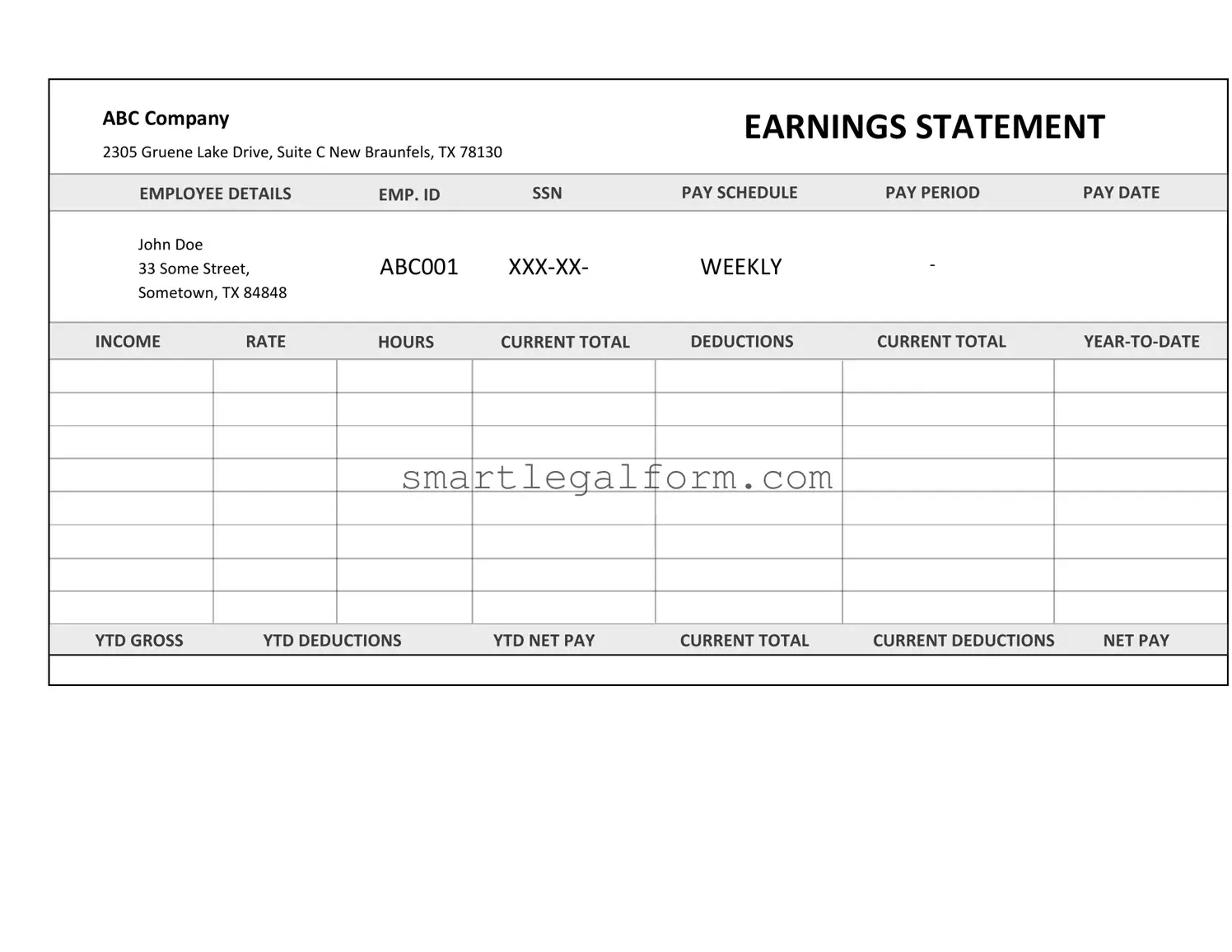Free Independent Contractor Pay Stub Form
The Independent Contractor Pay Stub form serves as a detailed record of payments made to independent contractors for their services. This document is essential for both contractors and businesses, ensuring transparency and clarity in financial transactions. For a seamless experience, consider filling out the form by clicking the button below.
Fill Out Your Form Online
